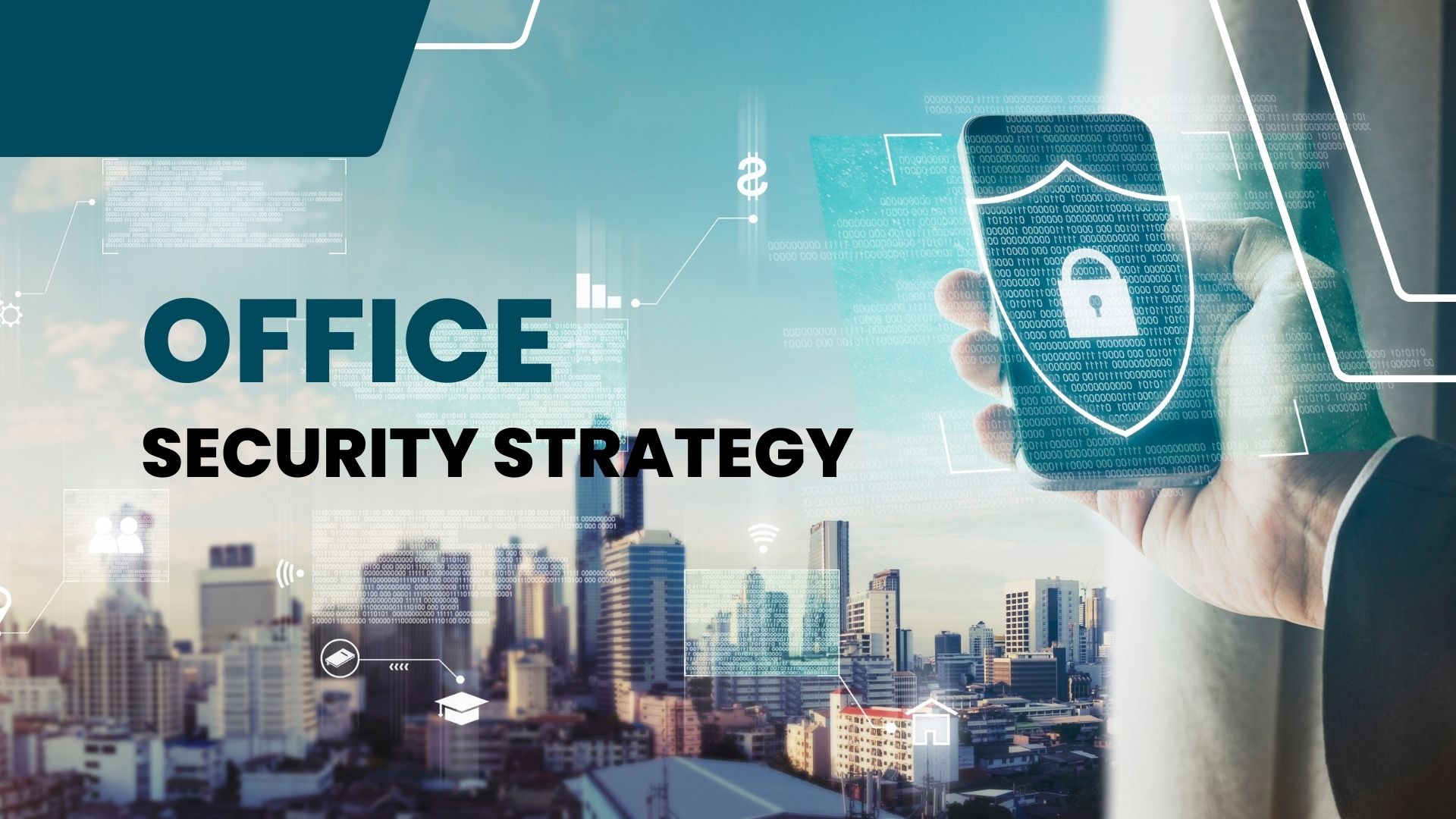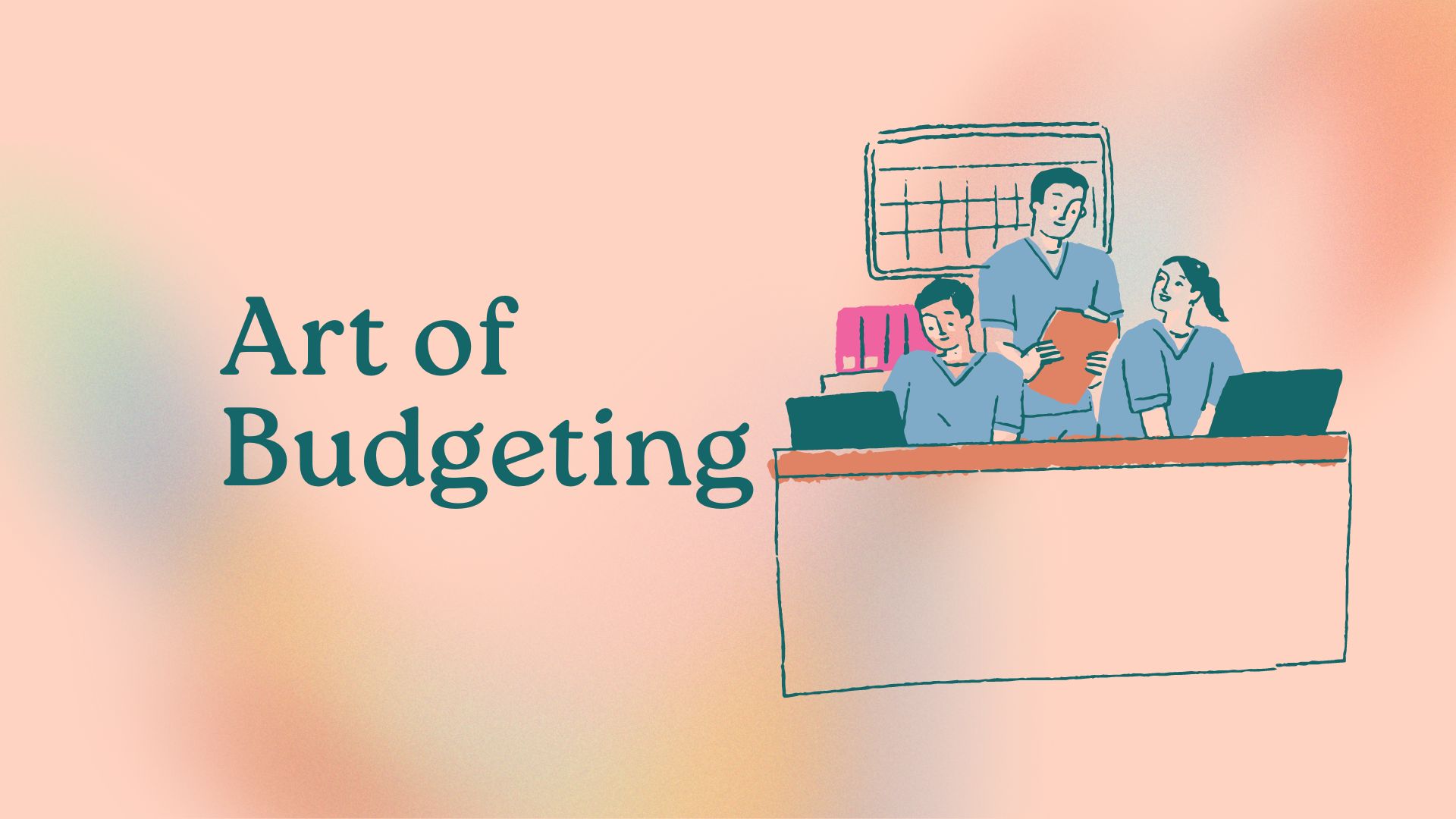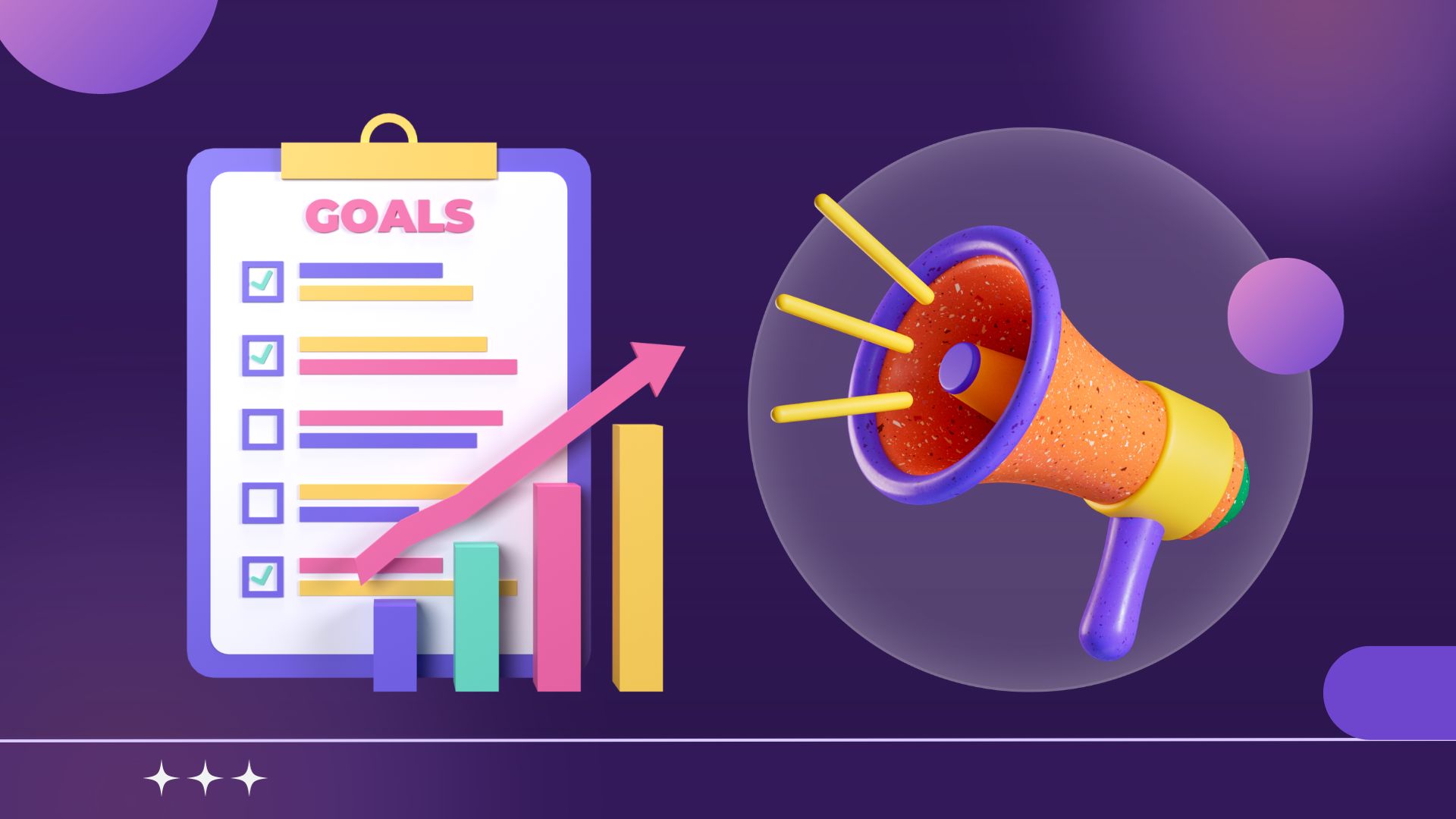Risky Business
 Businesses have long realized that not all customers are created equal. But, thanks to digital processes technology, they are just beginning to measure in real dollar terms, just how unequal they really are.
Businesses have long realized that not all customers are created equal. But, thanks to digital processes technology, they are just beginning to measure in real dollar terms, just how unequal they really are.
Let's consider just three broad segments of customers:
The first segment comprises customers who shop strictly on price. This behavior may be driven by economic need, and/or it may be just part of their personality or style.
Next, there are other customers who demand a lot of attention and maintenance. This behavior may be driven by their relative lack of knowledge about how to use the product, and/or it may be just part of their personality or style.
And lastly, consider a segment of customers who are relative easy to please, and don't require a lot of hand-holding. This may be because they can afford to pay a premium for convenience (they place a high value on their own time), and/or it may be just part of their self-reliant personality or style.
When companies invest the time and energy to identify the third category of customers, and successfully attract and retain these customers (by making it easy for these customers to do business with them), some incredibly powerful things happen.
- Customer-smart companies enjoy a superior profit advantage over their competitors, who sell to and service all three types of customers.
Unlike their competition — who never really know which customers are more expensive to acquire, which switch brands when the price changes, or which customers are more expensive to service — customer-smart companies enjoy much higher profit margins, due to the behaviors of their client base. Customer-smart companies have lower attrition/defection rates, which drive down average customer acquisition costs. Conversely, their retention rates are higher, which drive average customer revenue streams up.
- Customer-smart companies have greater productivity and higher efficiency.
Because they have lower defection rates and higher retention rates, and have higher profits to reinvest in systems and processes, managers and employees focus more on working smarter (instead of just harder). This in turn improves employee morale and reduces turnover. All of these factors drive recruitment and training costs lower and employee productivity and efficiency higher.
- Customer-smart companies enjoy greater brand recognition and reputation, through word-of-mouth and favorable publicity as a superior industry performer.
Customers tell their friends and neighbors good things about the customer-smart company, which helps attract more of the same type of loyal customers. Greater profit performance drives up the shareholder wealth, which in turns lowers the cost of the company's capital. Wall Street analysts are quoted all over in the media about what a great investment the company's common stock is. This positive press leads to more positive press, helping pave the way for greater positive mind-share and reputation, which in turns build customer goodwill — the single most important asset any organization can have.
Sounds too good to be true? It isn't. According to industry research, service leaders enjoy 100 percent better profitability than their respective industry average.
Even merely getting a complete view of customers is seen by some researchers as a competitive advantage. According to Garner Group, “Through 2005, enterprises able to synchronize customer-facing interactions across channels will outperform competitors with siloed channels by 20 percent.”
If this fact is so well known, why aren't companies running out to do this? As you might imagine, it's the usual suspects: budget constraints, cultural resistance, fragmented technical infrastructures in which customer data is held hostage in different “islands of computing.”
But the real issue? I suspect it's that old villain: the “FUD” factor. Given the failed promises of quick and easy profits from implementing sales automation, call center and customer support software packages, many management teams are locked into Fear, Uncertainty and Doubt about CRM. Without a strong belief in the benefits of being a customer-smart organization, the vision and strategy on how to do it, most organizations are taking a “wait and see” approach — playing it safe.
And in this hyper-competitive, ever-changing global economy, playing it safe may be the riskiest strategy of all.
What are your views? Let me know at [email protected].
Arthur O'Connor is one of the nation's leading experts on customer relationship management (CRM) and customer-facing IT systems and strategies. He's currently the national columnist for eCRMGuide.com and this year serves as the chairperson of the Institute for International Research's CRM Conference. Arthur has over 20 years leadership and management experience in the area of customer management, strategy and new business development, including 15 years as a senior corporate officer of two NYSE-listed inter national corporations, and over five years experience as an independent management consultant and Big 5 firm practice manager selling and managing large-scale IT engagements.




